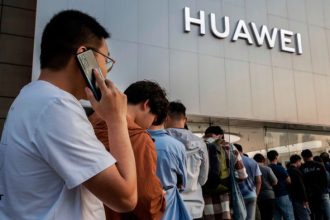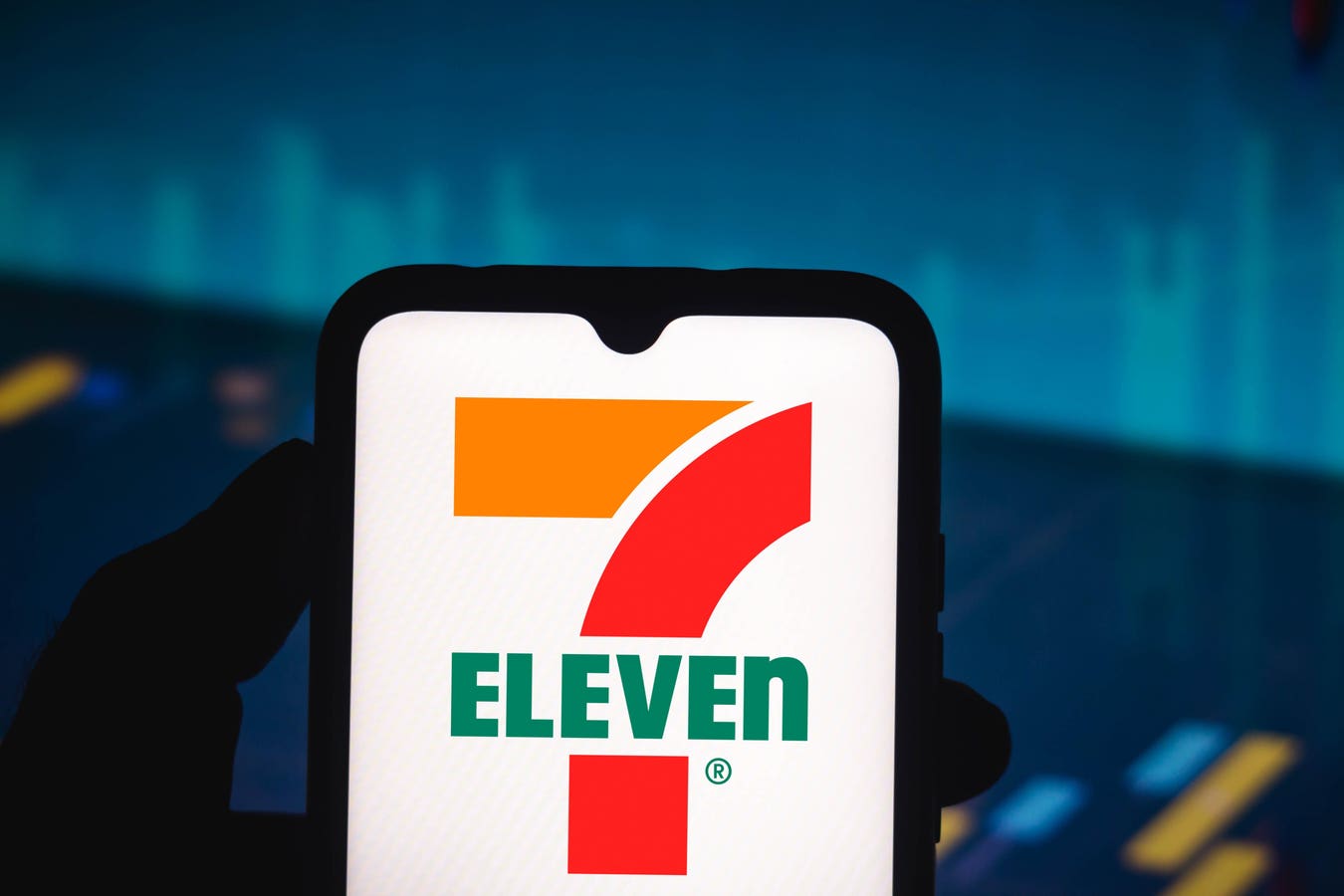Sure, reward points and perks are a nice cost of entry. But based on consumer feedback, loyalty programs in 2024 might want to consider offering painkillers.
With nearly 17 loyalty program memberships per American and smart devices that make wait times a torment only for Luddites, the 2024 consumer has a remarkably low tolerance for reward pain. And it’s eroding the competitive power that loyalty programs traditionally have provided.
Just half of all consumers – 51% – factor in loyalty programs when choosing where to shop today, according to a 2024 report in Retail Brew (citing research by the cashback app Upside). Further, at least a third of shoppers said signing up for a program has not caused them to shop more frequently with a company. This may be due to how quick program enrollment can be—scanning a QR code, for example.
Back in 2020, 78% of consumers said they were more likely to shop brands where they had reward memberships, according to Bond research.
The likely reason for the decline in activity is that too many programs look and act the same, with minimum offerings that simply don’t stand out from the herd. Reasons for this can be foundational, such as point-of-sale systems with built-in loyalty modules that lack customization or white-label offerings that tend to have that “borrowed” feel.
What does stand out, however, are the shortcomings.
Ouch, Ouch, Make It Stop
The digital analytics platform Quantum Metric recently surveyed consumers about their top frustrations with loyalty and membership programs. Of the pain points consumers felt strongly enough to complain about, the following three ranked as the most relevant in 2024. Take a look at the top three pain points consumers felt strongly enough to complain about in 2024 along with some research-based pain relievers.
Pain point 1: Unclear onboarding terms – According to Quantum Metric’s recent research, reward program members point to the enrollment process as the most frustrating part of the program experience. Specifically, members are frequently confused by terms that are supposed to clarify essential details of the program agreement, such as what it takes to earn a benefit and how the point system works. (For example, the omission of details, such as points expirations.) This may explain why nearly 44% of consumers leave loyalty programs due to a perceived lack of deals and promotions, Quantum Metric’s research shows; one-third walk away due to insufficient rewards.
- Pain reliever – Program operators can start by comparing their rules to those of competitors to assess how clear their rewards path is. If the bullet points that explain the restrictions outnumber those that highlight opportunities, the program will likely cause members to quit out of frustration. The same goes for earnings formulas that don’t follow common-sense thinking, such as requiring members to earn an obscure number of points rather than a nice round number, possibly to disguise how meager the rewards can be. Lastly, operators of multi-tier programs should run performance checks: If the initiative consists of more than three tiers, it’s worth measuring the benefit of the additional levels. Petco’s Vital Care program does well with two tiers – paid and unpaid – with benefits that are easy to assess from a single chart.
Pain point 2: Lack of self-service – Thanks to easy-access tech, fewer people are willing to wait for someone to resolve an issue for them when they can more quickly and effortlessly take care of it themselves. This is evidenced by the adaptation of self-checkout stations – 73% of consumers prefer them to staffed checkout lanes. Members of programs that lack reliable self-service options might feel trapped and frustrated when trying to resolve an issue, Quantum states. This can lead to “rage clicks” and higher cart abandonment rates. The risk of frustration is especially high during peak shopping seasons and promotions.
- Pain reliever – Control is the key word here. In reward programs, self-service translates to platforms that enable members to independently access and redeem points, as well as update their personal information and preferences. Easy navigation supports the feeling of control and suggests the interface is designed for the user. Think limited, easy-to-read menu options that are relevant to the experience, set in contrasting colors that hold up under the sun as well as indoor lighting. And key activities, such as accessing when points might expire, should not take more than two clicks. Brands can really run with self-service: Nike Membership innovates self-help by enabling members to create their own shoe styles from a selection of materials and colors.
Pain point 3: Where’s the good app? – Mobile apps account for 73% of retail traffic and 57% of retail sales, according to 2023 research by Quantum Metric. The figure is anticipated to rise as more consumers rely on smartphone-based digital wallets that free them to leave card-carrying billfolds at home. Loyalty-based apps, therefore, aren’t merely taken for granted – they’re expected to immediately respond to member demands wherever, whenever, and in as few clicks as possible. Each year, the stakes of a good app are greater, and the real estate on smartphones is harder to earn: Way back in 2022, 70% of consumers said they were shopping more via mobile apps than the year before.
- Pain reliever – Loyalty leaders can convince members to download their apps by designing their platforms to be problem solvers, not sales generators. It starts by ensuring the app is designed for users on the move, with easy navigation and click-throughs. 7-Eleven’s 7Rewards app, for instance, groups rewards based on the number of points needed for each and makes them easily accessible via tabs. Competitive reward apps can also combine standard hard benefits (points, bonuses, discounts) with soft benefits, such as in-app payments, accurate in-store navigation maps and up-to-date product information. In short, being current has currency, so apps require full-time moderation to maintain round-the-clock use. One way a program can do this is by regularly sending exclusive offers that live only on the app, and making “instant redemptions” available instantly, not tomorrow.
No Band-Aid Solutions
Perhaps the most painful of Quantum Metric’s findings is this: 14% of respondents said they just walked away from a loyalty program – simply unsubscribed and requested to remove themselves from membership. Maybe they felt the programs asked for too much and gave too little in return. Regardless, unsubscribing takes initiative.
It could be those programs simply lacked the relevance to keep members engaged. In such cases, preventive practices could have helped. Being healthy is preferable to seeking pain relief any day.
Read the full article here





